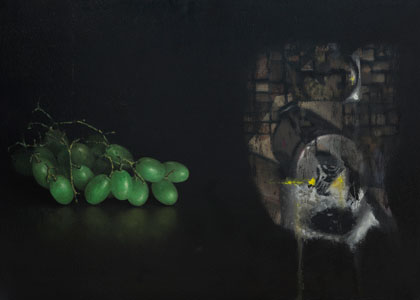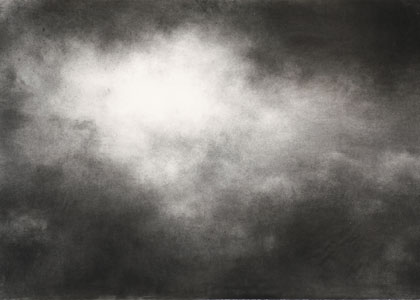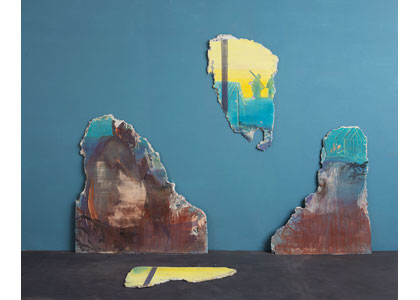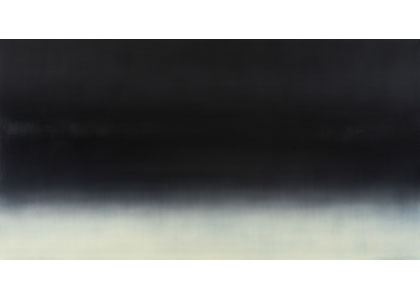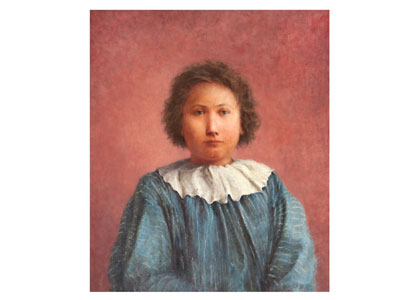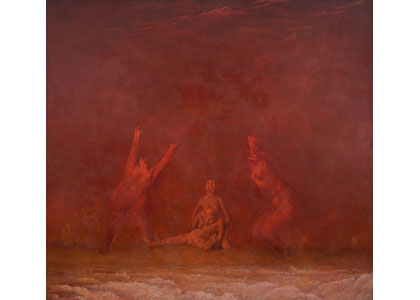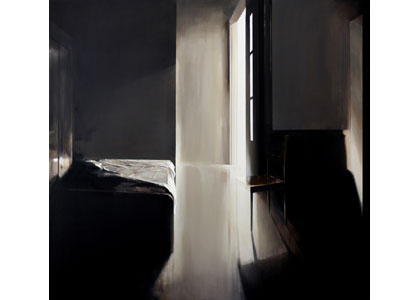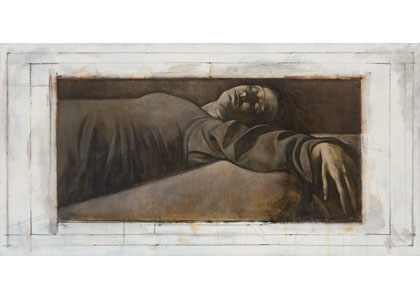Intricate Affinities: Recollections of Western Tradition in Local Contemporary Art
Curator: Smadar Sheffi
15/09/2016 -
24/12/2016
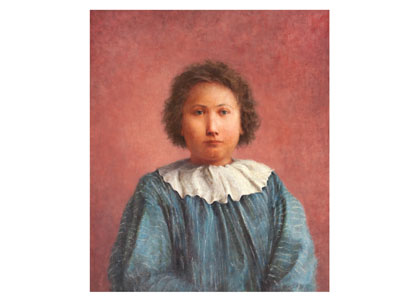
Myriads of threads connect the works comprising “Intricate Affinities” to the past, to multiple pasts, to various traditions in Western art. The web of affinities between past and present in local painting, as reflected in the current exhibition, challenges our idea of the contemporary, exploring cultural, temporal, and spatial perceptions in relation to aesthetic and conceptual arrays in the present.
The question of temporality—an entity that changes states of aggregation— solidifying as consciousness, fluid as memory—is a pivotal axis in the show. Painting is a plausible platform for indicating ambiguities toward the present. Historical allusions are used as a means of distancing, introducing multiple perspectives. The exhibition examines the way in which the use of representation matrices from diverse Western traditions has transformed, whether via thematic or formal shift, or by draining its original iconography.
The show focuses on the pictorial quality—the elusive essence of the works as an object, as material. The paintings are statements, and at the same time—arenas of study and research; a saturated painterly act unfolding in the present, which elicits social, existential, religious, and intra-artistic questions.
Some of the works surrender associations to Christian art, others conduct an ambivalent dialogue with early 19th-century Romanticism and mid-20th-century Abstract Expressionism. Some juxtapose abstract painting with still life in the tradition of Spanish Baroque, others embed the memory of Renaissance utopias.
Vis-à-vis the surge of images increasingly surrounding us, the exhibition wishes to contribute to reconsideration of the painterly medium. The paintings are read as objects in the world, leading to contemplation of the nature of representation and the very ability to observe.
Smadar Sheffi, Ph.D.

